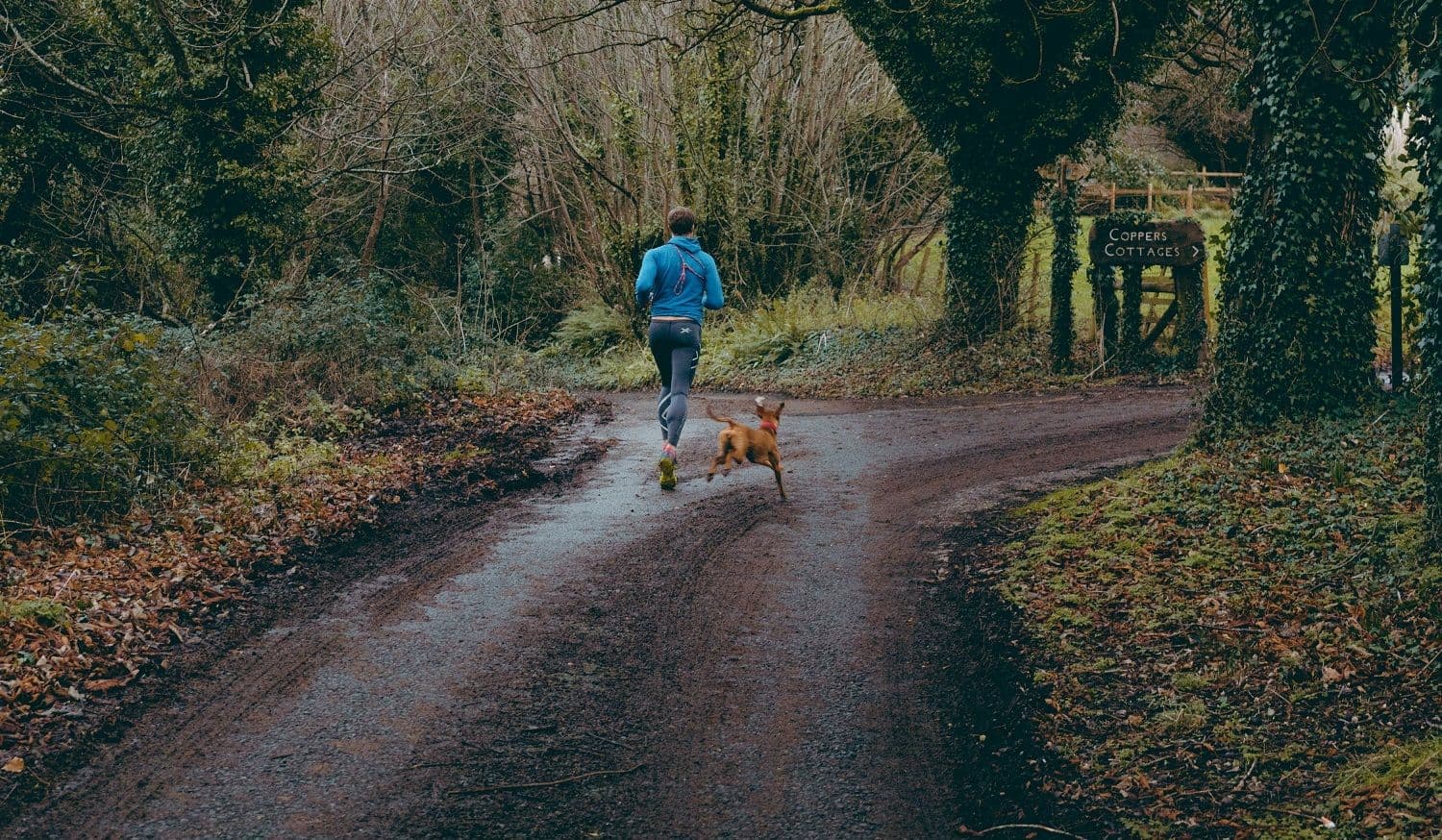The Benefits and Considerations of Running with Your Dog
Physical exercise is essential for both dogs and humans, contributing to physical and mental well-being. However, many dogs and humans today lack sufficient exercise, which can lead to health problems if a sedentary lifestyle continues. Running with your dog offers numerous benefits for both you and your pet, providing enrichment and mental stimulation that can reduce anxiety and relieve boredom.
Can You Run with Your Dog?
While most dogs can run, there are exceptions. Before you start running with your dog, consider whether it is physically prepared for such activity. If you're unsure, consult a pet expert or your vet. Factors to consider include the dog's breed and the distance, time, and intensity of the run.
Certain breeds, such as hunting dogs, Dalmatians, and Border Collies, make excellent long-distance running companions. However, others are less suitable. For instance, Greyhounds and Salukis, despite being the fastest dogs in the world, are better suited for shorter distances. Brachycephalic breeds (those with short snouts), such as Pugs, French Bulldogs, and Shih Tzus, should avoid running altogether, especially in warmer climates.
The age of your dog is another important factor. Wait until your dog reaches adulthood before introducing it to running. Puppies should not run long distances as it could harm their muscle and joint development. Similarly, running may not be suitable for dogs with joint problems.
Tips and Considerations for Running with Your Dog
Just like humans, dogs should not run long distances right from the start. Instead, gradually increase the time and intensity of training. The adaptation phase is crucial for building the necessary endurance for longer runs.
If you plan to run with your dog on a leash, ensure it can keep up with your pace. A comfortable and safe harness is preferable to a collar, and your dog should always have identification. Make sure the harness or collar does not restrict your dog's natural movement.
Always have access to water during the run and carry poop bags. However, wait until your dog's breathing calms and it stops panting before allowing it to drink. Feeding your dog should be avoided one hour before and after each running session to prevent gastrointestinal issues.
Remember, dogs do not sweat through their skin but pant to cool down. Overexertion or running in extreme weather can cause hyperventilation and breathing difficulties. Pay attention to your dog's body language and allow it to stop when needed.
Although dog pads are designed to run on any surface, some surfaces like grass or soil are less harmful than others, such as stones or asphalt. After each run, check your dog's paws for scratches, wounds, or debris. Clean the pads with water, soap, and a soft cloth to prevent irritation and potential infections.
